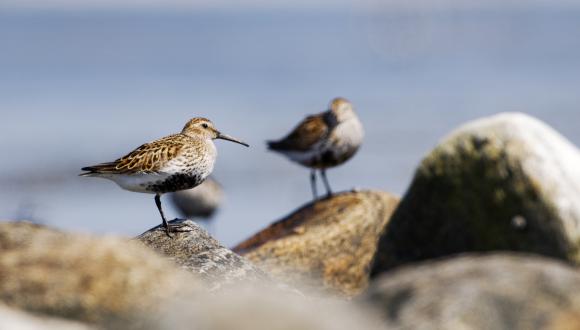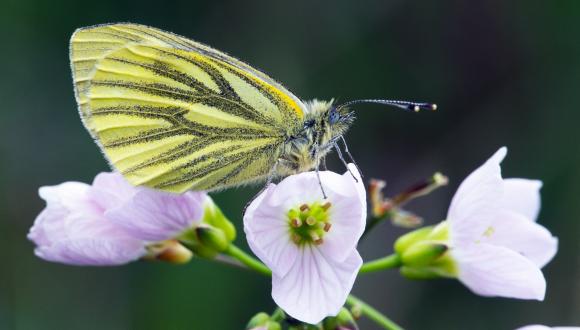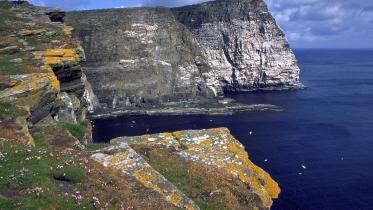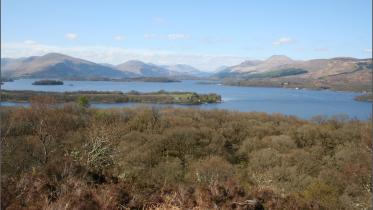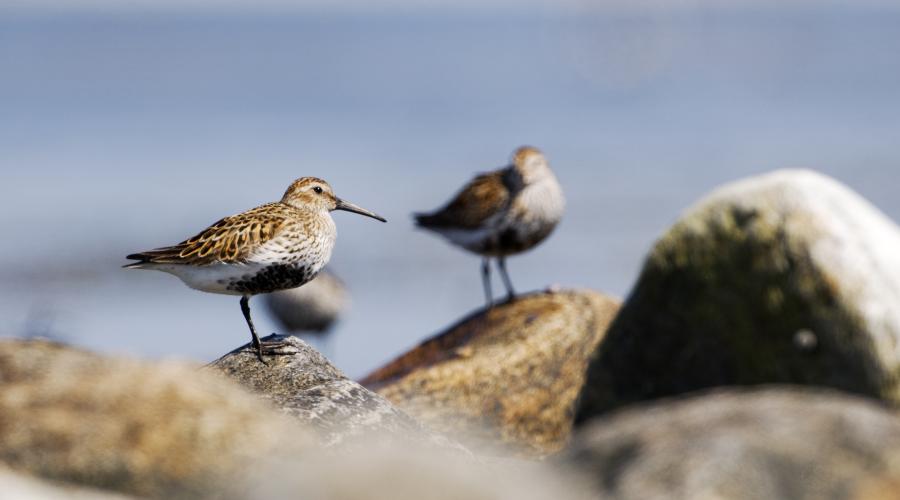
Mixed fortunes for wintering waterbirds
04 March 2022
New research reveals that the number of wintering waterbirds in Scotland has continued to decline overall, with mixed fortunes for different species.
NatureScot’s latest biodiversity indicator shows that while wader species are struggling, goose populations are rising and there have been small increases in populations of ducks and swans.
The indicator tracks populations of 41 species of wintering waterbirds using data gathered by volunteers through the BTO/RSPB/JNCC Wetland Bird Survey (WeBS).
Scotland’s coasts and waters are of particular significance for waterbirds, many of which are long-distance migrants, breeding in the high Arctic and wintering here.
Overall numbers of waterbirds were 10% lower in 2019/20 than when counts began in 1975, with large variations in the fortunes of different species.
Over the same period, wader numbers - including species such as oystercatcher, lapwing, golden plover and curlew - have fallen by 55%, but this decline appears to have slowed and stabilised at a low level over recent years.
Wader species are known to be struggling right across the East Atlantic Flyway, the migration route used by the birds. Evidence suggests that climate change, the quality of stopover sites used to refuel during migration and mismatches in insect availability during the breeding season are contributing to declines.
Simon Foster, NatureScot’s Trends and Indicator Analyst, said: “Wader numbers have been falling steadily since the late 1990s, although there are signs that the decline is slowing. But some of our most familiar waders, such as oystercatcher and lapwing, are at very low levels.
“We’ve been working hard with our partners to reverse these trends. It’s clear that we need to look at what is happening across the flyway to understand what is behind the declines. International collaboration and monitoring will continue to be essential to help not just stabilise but also begin to reverse these trends.
“We can also do a lot at home to help waders such as curlew, golden plover and oystercatcher. Targeted land management has been shown to help and the Working for Waders initiative is taking active steps to reverse the decline in wading birds in Scotland.
“Projects to help our struggling waders and waterbirds have also been funded through the Scottish Government’s Biodiversity Challenge Fund. We hope to build on this work through the new £65m Nature Restoration Fund, tackling biodiversity loss and climate change. The recent announcement of two new marine Special Protection Areas (SPAs) in Orkney, completing a network of 14 sites across Scotland’s seas, is further good news for the protection of vulnerable migratory birds.”
David Noble, Principal Ecologist for Monitoring at BTO, said: “'It's thanks to a network of dedicated volunteer waterbird counters that we have such good information about these birds and the shifting wintering distributions of many of them as climate and food availability changes. Waterbird counts are also undertaken each winter by birdwatchers across the rest of Europe, providing useful flyway context for the changes seen in Scotland.”
The latest results show that overall numbers of ducks and swans have increased by 3% since 1975, although declines have been recorded for four species – mallard, pochard, scaup and eider.
Many of these species are migratory with some, such as wigeon and teal, undertaking long distance migrations to breeding grounds north of the Arctic circle. As a result, Scotland’s waterbirds are often affected by circumstances in other countries and on migration routes.
Meanwhile goose populations have increased in Scotland, with barnacle geese seeing some of the largest increases. The Scottish Government has recently announced additional support for island crofters and farmers in recognition of the significant agricultural damage that can the species can cause.
